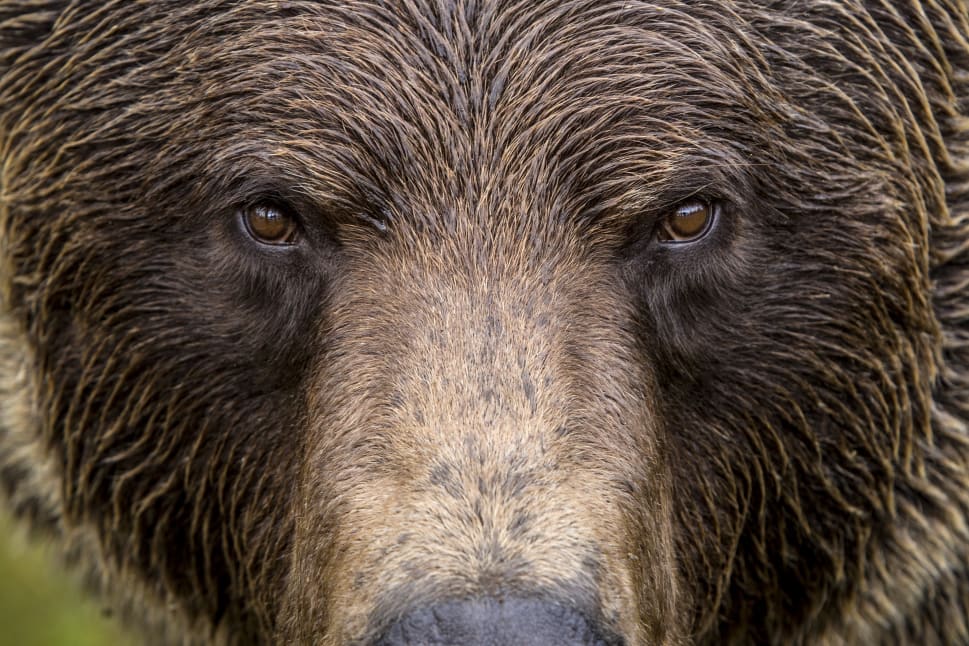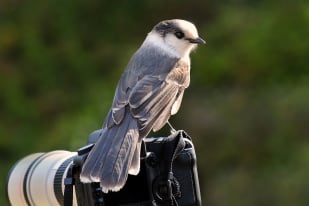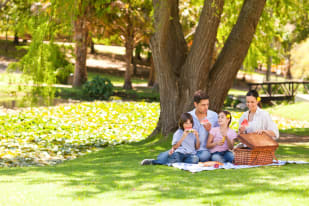Revelstoke, British Columbia, is one of the best places in Canada to see wildlife in its natural habitat. Large mammals, rare birds, and alpine species thrive in the forests, wetlands, and mountains surrounding the city. Bears, elk, mountain goats, and dozens of bird species are commonly seen throughout the year. Some animals are easier to find than others, depending on the season and location. Knowing where to look increases the chances of a sighting.
Mount Revelstoke National Park

Mount Revelstoke National Park has one of the most accessible wildlife viewing areas in the region. The Meadows-in-the-Sky Parkway, which climbs from the base of the mountain to the subalpine meadows, passes through several animal habitats. Spring and summer bring frequent sightings of black bears foraging along the roadside. Grizzly bears live in the park but are more difficult to see. The best chance of spotting one is in the higher elevations where they search for berries in the late summer and early fall.
Mountain goats are often seen on the cliffs and rocky outcrops at higher elevations. They blend in with the landscape but stand out when moving. The steep slopes near the summit are a good place to look, especially in the morning or evening. These animals are well-adapted to cold weather and remain in the alpine throughout the year.
Birdwatchers visit the park for its variety of species. Steller's jays, bald eagles, and rosy finches are common. The Skunk Cabbage Boardwalk and Inspiration Woods trails offer a chance to see warblers, woodpeckers, and thrushes. In summer, water pipits nest in the alpine meadows.
Illecillewaet Greenbelt

The Illecillewaet Greenbelt, close to downtown Revelstoke, is an easy place to see urban wildlife. The trails along the Illecillewaet River pass through wetlands and forests where deer, coyotes, and small mammals are active. This area supports a mix of migratory and resident bird species, including bald eagles, great blue herons, and kingfishers. Garter snakes are sometimes spotted near the water.
The Greenbelt is used frequently by locals for walking and cycling, but wildlife remains active. The best times to see animals are early in the morning and at dusk. The changing water levels of the Illecillewaet River affect the bird populations, with spring and fall attracting more migratory species.
Birdwatching Locations Around Revelstoke

Revelstoke has more than 200 bird species. The wetlands, forests, and alpine zones each attract different types of birds. The Skunk Cabbage Boardwalk Trail, located in Mount Revelstoke National Park, is one of the best places to see wetland birds such as red-winged blackbirds, warblers, and herons. This area is active in spring and summer when insects and amphibians are abundant.
The lower elevations of the Summit Trail and Inspiration Woods Trail are known for songbirds and woodpeckers. The alpine meadows of Mount Revelstoke attract eagles, ptarmigans, and water pipits. Winter birdwatching is more challenging, but species such as the common raven, gray jay, and boreal chickadee remain active.
Seasonal Wildlife Viewing

Spring and summer offer the highest chances of seeing wildlife. Animals are more active, and many species are raising their young. Bears are often seen near roadsides and trails as they search for food after hibernation. Deer, moose, and elk move through lower elevations in early spring before heading into the mountains as the snow melts.
Fall is a good time to see large mammals, especially in the mornings and evenings. Elk are more vocal during the rut, making them easier to locate. Bears increase their foraging activity before winter. Mountain goats remain at high elevations year-round, but they are often more visible in the fall as they move to different feeding areas.
Winter makes wildlife harder to find, but some species are still active. Mule deer and snowshoe hares are seen in forested areas. Birdwatchers focus on species adapted to cold weather, including great horned owls, gray jays, and chickadees. Tracks in the snow help identify the presence of animals even when they are not visible.
Responsible Wildlife Viewing

Keeping a safe distance from wildlife is necessary for safety and conservation. Parks Canada recommends staying at least 100 metres from bears and 30 metres from other large animals. Approaching too closely can stress animals and alter their behaviour.
Feeding wildlife creates dependency and puts animals at risk. Human food can harm animals and increase conflict with people. Proper food storage and waste disposal reduce the chance of attracting wildlife to campsites and roadsides.
Checking local guidelines before heading out helps ensure safe and responsible wildlife viewing. Regulations change based on conservation needs and seasonal wildlife activity. Visitors should stay informed to avoid disturbing sensitive habitats.
Exploring Revelstoke's Wildlife

Revelstoke has diverse wildlife in a variety of habitats. Bears, mountain goats, elk, and birds are frequently seen in national parks, along rivers, and in the city’s green spaces. Each season offers different viewing opportunities. Knowing where and when to look increases the chances of a successful sighting. Keeping a safe distance and following conservation guidelines protects both animals and visitors. Revelstoke’s wilderness remains one of the best places to see wildlife in British Columbia.





